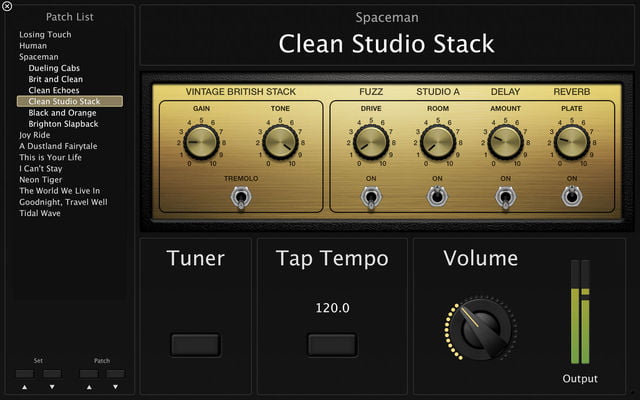Gallup survey records show that Americans are increasingly more distrustful of potentially biased information. But they must also worry about the fairness of their judgment and how their news consumption conduct may affect it.
The bias purchasers carry with them distorts their score of information content, new research shows, and those who are most distrustful of the news media tend to be the most biased readers.
The proof also shows that people are at greater risk of bias if they habitually turn to more extreme sources — including the ones least regularly preferred by political moderates.
How to look at bias

Social scientists have devised several methods to analyze bias, which is notoriously tough to the degree. In one famous study, the economists Claudia Goldin and Cecilia Rouse discovered that the proportion of girls admitted to metropolitan orchestras improved appreciably. At the same time, evaluators had been averted from seeing the auditioning musicians and could decide primarily based on the exception of the overall performance.
The lesson from this and other studies of discrimination is that withholding irrelevant records can affect judgment. Thus, the overwhelming consensus amongst scientists is that peer review has to be based totally on blind assessment.
News without labels
In this context, Knight Foundation partnered with Gallup in 2017 to create an experimental news platform as a more extensive research initiative. The venue pulled news articles and other content from numerous media outlets and invited a random sample of Americans who had taken Gallup surveys to take part in rating the trustworthiness of the content.
Half the members have no longer been allowed to look at the news source, only to read its content. The separate half has been allowed to peer the head as they could on an ordinary internet site. An overall of 3,081 human beings provided scores of one,645 exceptional articles at the start published by one of seven well-known resources.
The consequences that have been posted by using Gallup and Knight display that the blinded institution is drastically more trusting of the news content. People identifying with the Republican Party who read media perceived as left-leaning, like The New York Times and Vox, without knowing where it came fr, rated it as more honest than the nonblinded group did.
Similarly, those identifying with the Democratic Party examined media perceived as right-leaning, such as Fox News, rated it better when they did not realize the supply.
This database also affords two novel measures: accept as accurate with ratings of these articles with the aid of blind reviewers, who are significantly independent, and an evaluation with the ratings of humans with a regular information intake, which allows them to see the logo.
Consider that a reader’s trustworthy score of an informative article is the sum of the article’s inherent qualities, the reader’s perspectives, and brand prejudice. The experimental and manipulative agencies are alike, except that emblem prejudice is removed from the practical organization. The difference in a piece of writing’s trustworthiness score among the two agencies is identical to the brand prejudice — or bias — of the managing organization (people who can see the news supply).
For those in that institution, an individual’s bias was calculated for each article with the aid of taking the absolute fee distinction in trustworthiness scores between their score and the suggested rating for that article as supplied by blind reviewers; the score uses a scale of one to five, with increments of

Who is at the most OK danger of bias?
Among all readers within the institution who may want to see the news source, 35 percent exhibit considerable bias, which means they consider a score of a piece of writing diverged from the blind-evaluate organization by 1.5 points or more on the 1-to-5-point scale.
Instead, people with more excellent, excessive political beliefs tend to provide more biased information rankings. Those who described their political opinions as very liberal or very conservative exhibited huge bias throughout forty-three percent of the articles they rated, whereas folks who described their perspectives as moderate demonstrated bias just 31 percent of the time. Likewise, people who leaned toward one party but no longer became aware of it exhibited approximately the same bias as the moderates.
The records also suggest that people who approve of President Trump read news articles with more significant bias than individuals who disapprove of the president (39.2 percent versus 32 percent). However, Trump supporters tend to be much less biased than those identifying as “very liberal.”
Strikingly, people with the most substantial distrust of the information media offer the most biased ratings. Respondents were asked: “In wellknown, how many consider doing you have within the mass media — which includes newspapers, TV, and radio — in terms of reporting the news completely, appropriately, and fairly?”













